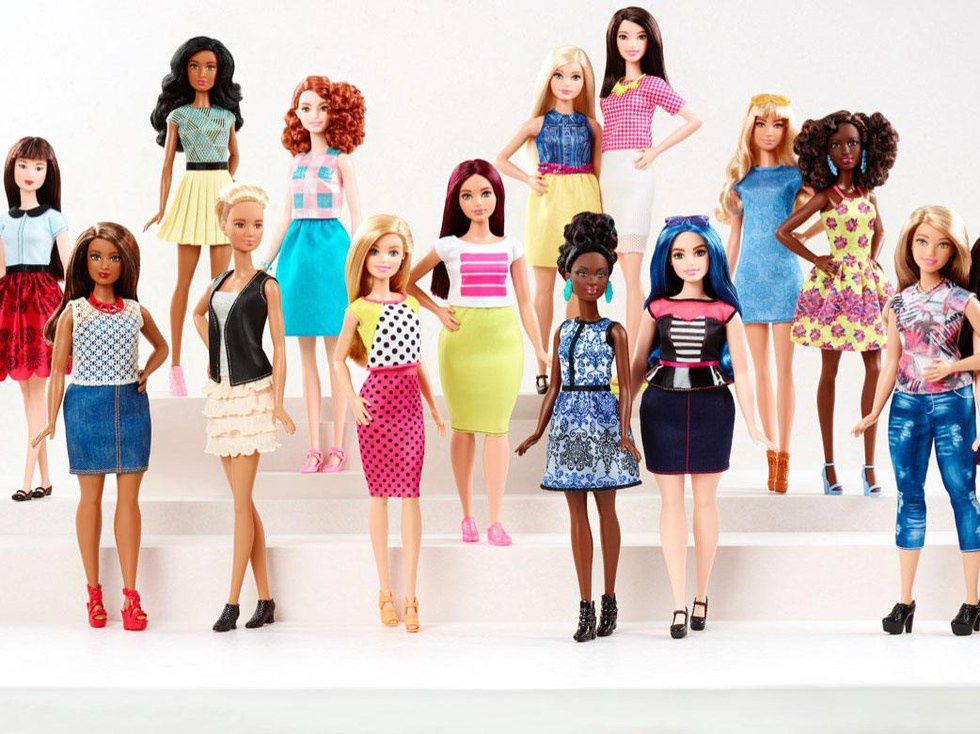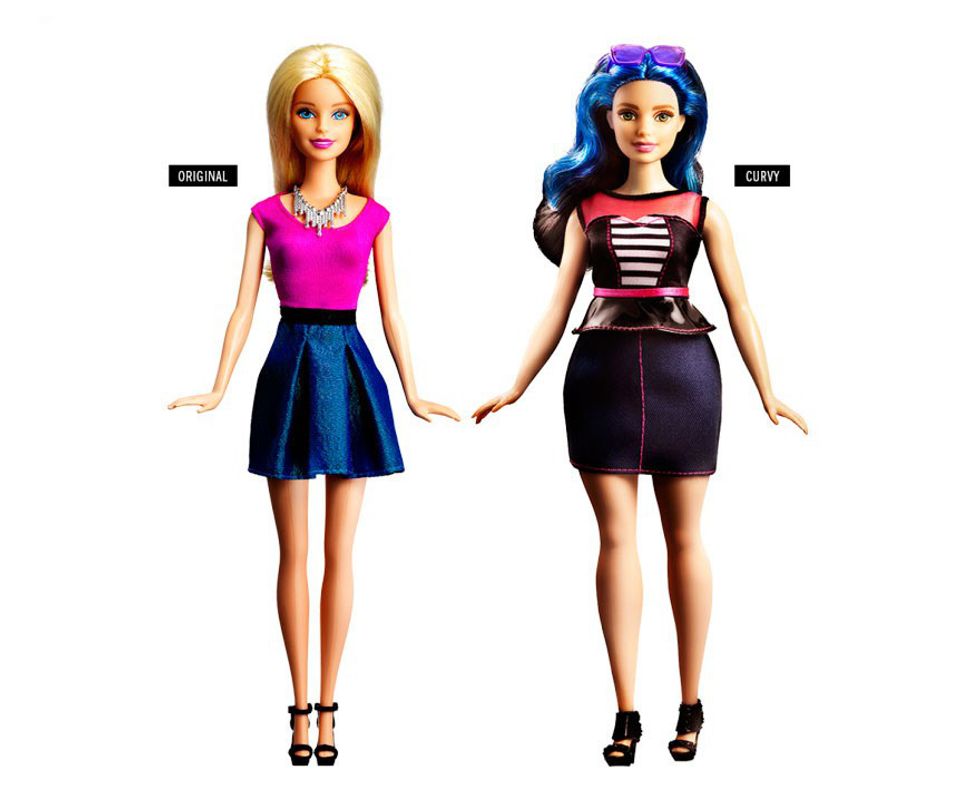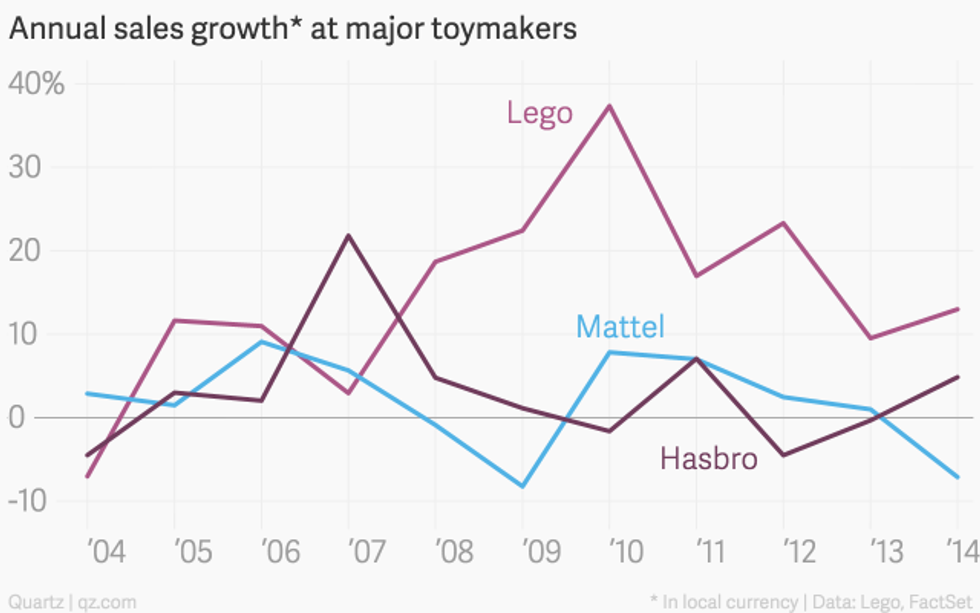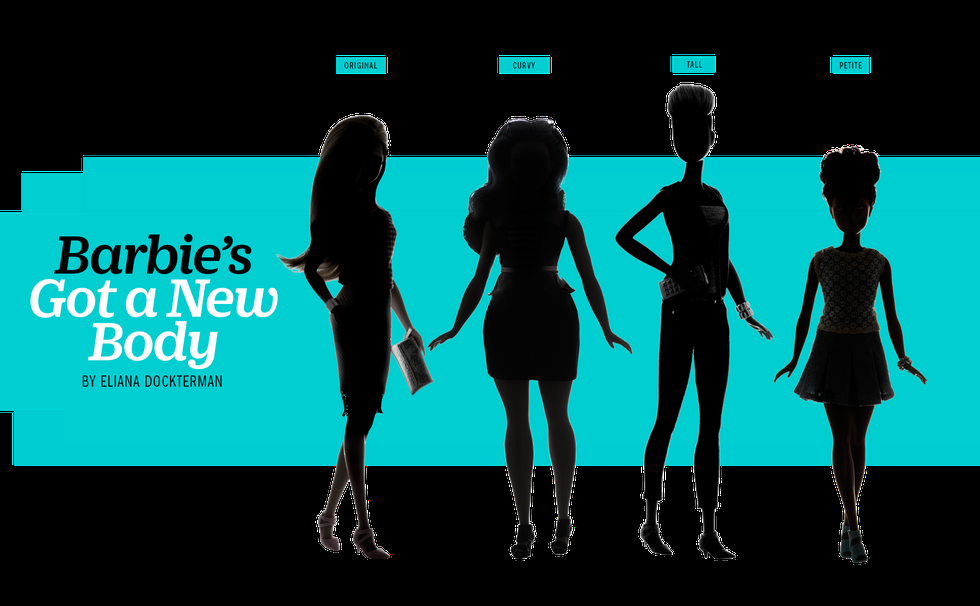Yes, the rumors are true! Barbie has finally received a makeover after almost six decades. Growing up playing with dolls, I owned tons of Barbie dolls, and the only differences between them were their outfits and sometimes their hair. But now, consumers will be able to find Barbie with three new and unique body types (petite, tall, and curvy). In addition, Barbie will now come in seven different skin tones, 22 eye colors, and 24 various hairstyles and hair colors to choose from, fueling Mattel’s effort to produce a diverse offering of dolls for everyone to enjoy. In fact, as the year comes to an end, Mattel will have come out with 33 brand new dolls.
This revolutionary development comes on the heels of consumers advocating for dolls that look similar to themselves. In other words, not necessarily one that was disproportional to what an actual human looks like in real life. Barbie has been known to be far more than just a play toy. With over 150 countries selling Barbie on their shelves, and the brand itself making $1 billion in sales a year, 92% of girls in America alone have owned a doll. However, more than just the figures, Barbie, for many, is a symbol of beauty throughout the generations. With Barbie now coming out with dolls that match a more realistic human body type, even the creators behind the magic of these new dolls believe that “[they] have a responsibility to girls and parents to reflect a broader view of beauty," and that is what is being done by designing these figurines.
As these dolls are soon going to be introduced to the public, they are receiving mixed reviews. Many are applauding Mattel’s innovative shift to more realistic looking dolls. However, critics are commenting on how body image shouldn’t even be an issue for young girls yet. Barbie’s target audience is, after all, 3-12 year olds, and Barbie wouldn’t be Barbie without looking as she has for almost 60 years. With Mattel’s main competitors being Lego’s Lego Friends and Hasboro’s Disney Princesses, Mattel was falling short on being the world’s most popular girl’s toy. Because Mattel’s target market was looking elsewhere to purchase more empowering toys that come with a positive message, Barbie’s sales were plummeting. Thus came about the idea for Barbie to have a new and improved image.
In this fast-paced and ever-changing society, body image remains a topic that is met with a lot of controversy. Objects as simple as dolls can be considered to be promoting either a positive message or a negative message towards body image. With Mattel’s new take on Barbie, this could very much be a huge risk, but this is Mattel’s first step in progressing towards a more body image friendly product which will be entertained by generations to come.























